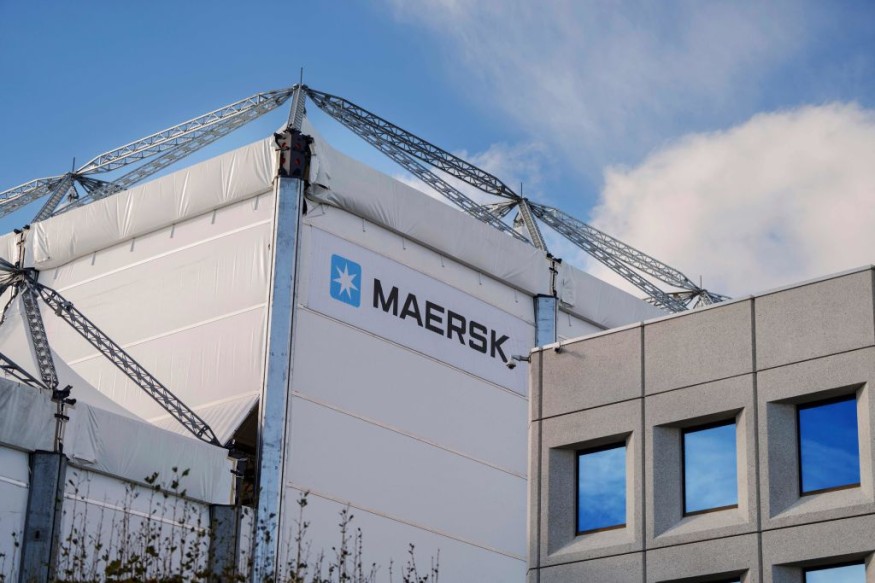U.S. Trade Protection Efforts Face Hurdles as Maersk Cites Security Concerns on Key Route
Even with attempts to shield commercial vessels from assaults by Iranian-backed Houthi insurgents headquartered in Yemen, there is still a significant risk to international trade in the Red Sea.
Operation Prosperity Guardian, an American-led project, is facing significant challenges, as demonstrated by Danish shipping major Maersk's decision on Tuesday to suspend Red Sea and Gulf of Aden transits until further notice.

Three of the four Houthi boats that assaulted the Maersk Hangzhou over the weekend were sunk by U.S. Navy helicopters that retaliated with fire, according to American military officials.
More commercial ships are avoiding the Red Sea in favor of circumnavigating Africa's southern point around the Cape of Good Hope as a result of the danger, says analytics firm MarineTraffic. Shanghai has increased its container rates as a result of it.
Calculations show that the crisis has impacted $225 billion in commerce thus far. According to freight provider Kuehne+Nagel, it has affected 330 boats in all. An estimated 4.5 million containers, or 20-foot equivalent units (TEUs), may be accommodated in total. $50,000 is the estimated value of a container headed for Suez by freight consulting firm MDS Transmodal.
Maritime Trends in the Red Sea and Operation Prosperity Guardian
According to global trade data provider Kpler, the number of ships engaged in ship-to-ship transfers in the Red Sea has surged, reaching 124 this week compared to 55 the previous week and 18 a month ago. Notably, there has been a modest uptick in the presence of container ships in the Red Sea, rising from 16 on December 26 to 21 on Tuesday.
Jean-Charles Gordon, the ship tracking director at Kpler, highlighted a consistent decline in traffic through the Bab al-Mandeb Strait for all types of vessels, both northbound and southbound.
The Bab al-Mandeb Strait connects the Red Sea to the Gulf of Aden, ultimately leading to the Arabian Sea in the Indian Ocean. This information underscores the evolving maritime activities and patterns in the region.
The success of Operation Prosperity Guardian now hinges on heightened naval coordination, raising the stakes for the task force. U.S. Navy Rear Admiral (Ret.)
Mark Montgomery, a senior fellow at the nonpartisan Foundation for Defense of Democracies and former policy director for the Senate Armed Services Committee under Sen. John McCain, emphasized the necessity for extensive naval coordination to achieve desired outcomes.
According to Montgomery, the task force will need to organize ships into loose convoys, coordinate naval movements, and deploy helicopters strategically to deter small vessels from approaching critical chokepoints. He pointed out the significant cost associated with firing numerous missiles, each valued in the millions of dollars. This insight underscores the complexities and financial considerations involved in executing the operation effectively.
Related Article: New York Cheers as Minimum Wage Climbs in 2024
© 2026 MoneyTimes.com All rights reserved. Do not reproduce without permission.











